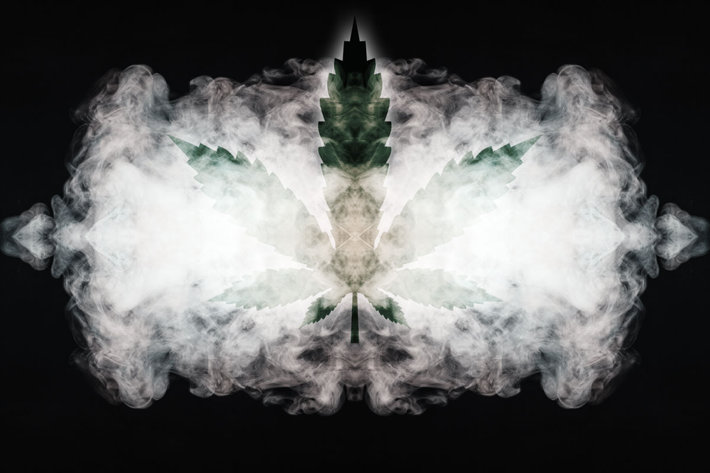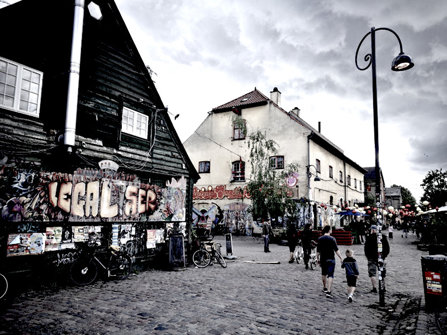Marijuana Butterfly Effect in Denmark

Many people who read this blog will already be aware of the substance we’ll be talking about, but before we get into the subject of the situation in Denmark related to this drug. I would like to clarify some points for those who don’t have information about it.
Marijuana is the word used to describe the dried flowers, seeds, and leaves of the Indian hemp plant. Cannabis describes any of the drugs that come from Indian hemp, including marijuana and hashish. Cannabis is a hallucinogen—a substance that distorts how the mind perceives the world we live in. The chemical in cannabis that creates this distortion is known as THC. The amount of THC in any given batch of marijuana may vary substantially, but overall, the percentage of THC has increased in recent years.
Cannabis is the most commonly used illicit drug among the Danish adult general population, followed by cocaine, MDMA/ecstasy, and amphetamines. Drug use is concentrated among young people and experimentation with illicit drugs peaks at 16-19 years. A 2017 general population survey indicates that almost half of young adults aged 16-34 had tried cannabis, with those aged 16-24 reporting the highest prevalence of cannabis use. The most recent data suggests a slight drop in the prevalence of cannabis use among the Danish general population.
In Denmark, more than 70 percent of people who decide to go to rehab go because of difficulty with cannabis. Denmark is famous as a place particularly linked to this drug, and with regards to Danish society today, we are seeing a “butterfly effect”—that phenomenon whereby a localized change in a complex system can have large effects elsewhere.
Christania is a community and commune of about 850 to 1,000 residents, covering 34 hectares (84 acres) in the borough of Christianshavn in the Danish capital of Copenhagen. As many know, it has one of the most diverse marijuana markets providing Cannabis sativa to the Indica cannabis. But what has helped create this business in Denmark that is loved by many and hated by others? Jiesper Tristan Pedersen, an anthropologist and occasional resident of Christiania said, “Danish policy back then was more gentle. They [the police] were irritated, they didn’t know what to do, but they didn’t want to use violence. A lot of people look at it this way, as Danish gentleness and politeness.”

Physical violence is often connected to the infamous Pusher Street, where an abundance of dealers sell hash from small stalls. The lucrative drug trade has always been a source of conflict, with killings happening between inhabitants, rival gangs, and the police. There have also been reports of attacks on tourists who took pictures of drug dealers.
After Pusher Street was closed, the city was covered in posters, created by the inhabitants, with the words reading, “Help Christiania—buy your hash elsewhere”.
This drug has created a lot of discussion and is even considered as a better substitute for alcohol or cigarettes.
Is smoking a joint the same as drinking alcohol? Here are the facts:
- Alcohol consists of one substance only: ethanol.
- Marijuana contains more than four hundred know chemicals, including the same cancer-causing substances found in tobacco smoke.
- Alcohol is eliminated from the body in a few hours, but THC stays in the body for weeks, possibly months, depending on the length and intensity of usage.
Considering these facts, it is important to ask the question. Is this substance giving benefits to the Danish people?
If you know someone with marijuana problems do not hesitate to contact us.

